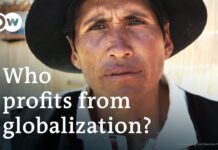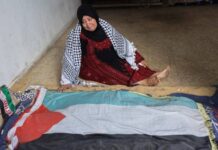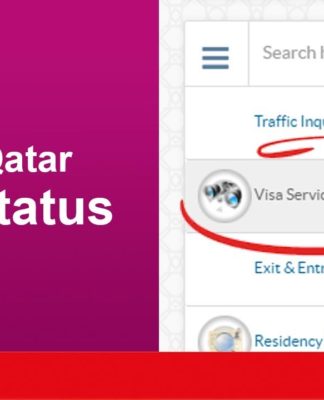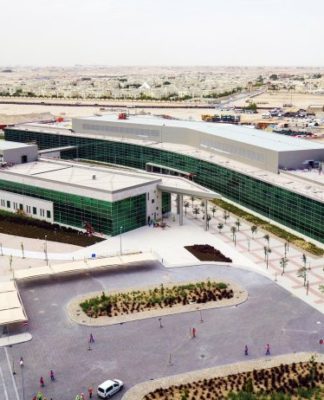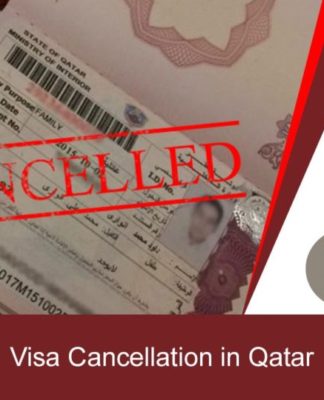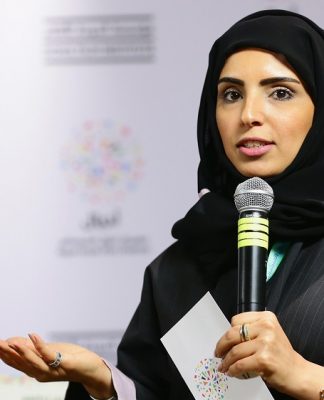National health is a basic objective of governments the world over, as an important end in itself. Health is central to well being and is a necessary foundation for a satisfying and rewarding life. Improvements in world health have been dramatic in the last 60 years. In the 1950’s, 290 of every 1,000 children died before their fifth birthday in the developing world. That number had fallen to 118 per 1,000 in low-income countries, and 57 per 1,000 in middle-income families by 2008. Sadly, this still is a concerning number considering that only 4 in 1000 children under 5 die in many European countries.
Despite considerable improvements, developing countries continue to face great challenges as they seek to improve their health care systems. If improvements in health care systems in the developing world could be made, more than 8 million children who die from preventable diseases would be saved each year. Many children who aren’t part of the 11.8% who die before they turn five suffer chronic problems of malnutrition, debilitating parasitic infection, and other recurrent illnesses.
The countries featured in this article have attained such poor ranking in their health systems for a multiplicity of reasons. It’s not a mere coincidence that all the countries except one on this list are located in the diverse, enormous and poverty-ridden continent of Africa. Historical colonialism, ever growing globalization, infrastructure and resource allocation are just a few factors that contribute to certain countries’ poor health care systems. Each country featured here is ranked by the World Health Organisation according to their ‘overall health system performance’ index, on a scale of 0-1. France topped the list with an extraordinarily effective health system, at an index of 0.994.
10. Zambia: 0.269
Zambia is located in Southern Africa, east of Angola and south of the Democratic Republic of the Congo. About 14 million people call this landlocked region home. Life expectancy at birth is 55 years and diarrhoeal disease is one of the leading causes of death for children under 5 because access to clean drinking water and adequate sanitation is limited. Almost half the population of Zambia is under 14 years old because of the tremendously high birth and death rate. Zambia’s economy and expenditure is fast on the rise according to the world bank, which may lead to overall improvements depending on where the government funnels this increased wealth.
9. Lesotho: 0.266
Lesotho is an enclave of South Africa with a population of just under 2 million people. About 40% live below the poverty line here – defined at 1.25$ a day – which partially explains why the citizens of Lesotho have such a weak health care system. Things look desperate for the people of Lesotho with the average life expectancy of 49 years old and a quarter of the people between the ages of 15-49 living with HIV.
Lesotho is the world’s highest country and no part of it lies lower than 1,400m above sea level. The mountainous region, patterned with intricately intersecting valleys, is a beautiful terrain traversed by horseman wearing large, cone-like, traditional straw hats. Many of these paths are used to smuggle Lesotho’s number one cash crop – marijuana. With dismal prospects, there’s a movement for Lesotho to accept annexation by its powerful neighbor South Africa, for help on many fronts including with the health care system.
8. Mozambique: 0.260
This country in South East Africa, across from Madagascar, is comparable to the size of Turkey. Mozambique is host to about 23.9 million people and currently about 60% of those people live under the poverty line of 1.25$ a day. Average life expectancy is defined at 50.7 years and the median age is around 17 years old.
With such a young population, encouraging investment and economic growth is difficult. However, about 32% of the country’s GDP comes from the agricultural sector which provides jobs to about 80% of the labor force. On the upside, though, between 2011 and 2012 1,688 doctors and nurses were hired to improve the availability of health care. This has led to approximately 4 million children being vaccinated against measles and provided with Vitamin A supplements. In addition, 8, 500 new primary teachers have been hired to improve access to education, which can improve employment prospects, prosperity and – by extension – health.
7. Malawi: 0.251
Malawi is a landlocked country in southeast Africa enclosed by Tanzania, Zambia, and Mozambique. The country is nicknamed “The Warm Heat of Africa” for its famous hospitality and enchanting wildlife. However, life expectancy is low in this vibrant cultural haven at 54.8 years, while the average age of the population is 17 years old. Malawi is another example of HIV/Aids presenting a threat to health and socioeconomic sustainability. In Malawi, there are 68, 000 deaths a year from the virus; a devastating statistic for a population of around 15 million.
6. Liberia: 0.200
Liberia is a beautiful coastal country in north-west Africa bordered by Sierra Leone to the west, Guinea to it’s north, and the Ivory Coast to the east. About 4 million people populate this country and the average life expectancy is around 57 years old. Liberia is the only country in Africa colonized by the United States; in fact, the largest medical center in the country is named after John F. Kennedy who supported a USAID grant to help build the center.
Only 4.7% of the population is over 60 and 43% of the population is 15 or under. There’s massive wealth inequality in Liberia, a country which had a GDP per capita of a meager 297 US$ in 2011. Malaria is a huge problem for the country, and in 2010 over 9 Million cases of the disease were reported. With such staggering numbers of Malaria cases the small health system is overwhelmed and about 43% of children under 5 do not receive any antimalarial treatment.
5. Nigeria: 0.176
Nigeria is actually a federal republic comprised of 36 states, located in West Africa, and is between Benin to the west and Chad to the east. Nigeria, known as the “Giant of Africa”, is the most populated country in Africa with more than 174 Million residents. The average life expectancy in the country is severely reduced by the drastic income inequality, to around 52.3 years. Nigeria suffers from a continual mass exodus of nurses, doctors and other health practitioners who leave looking for better opportunities outside of Nigeria. This phenomenon is known as the health “Brain Drain” which is devastating to Nigerian well being on multiple levels. Each medically trained individual represents an investment by the government, which then suffers a net loss when the individual chooses to leave the country. Infant mortality is also an issue with about 20 percent of children dying before the age of 5.
4. Democratic Republic of Congo: 0.171
This war torn country has been in almost perpetual conflict for many years. The DRC is located in mid-west Africa and is bordered by many countries – most notably Angola, Zambia to the south and South Sudan to the north. Life expectancy is shockingly low for the population of over 75 million at an average of 48.7 years. 43% of the 75 million are under 15 years old making the median age of the country 17. Sadly, there are only about 0.1 physicians for every 1000 persons making adequate health care a rare occurrence. There are many major infectious diseases that stem from malaria to rabies and the country’s overall GDP is about 29.4 billion dollars – not even close to Bill Gates’ net worth, which translates to about 400 dollars per capita.
3. Central African Republic: 0.156
The Central African Republic is a landlocked country in Central Africa enclosed by Chad, Sudan, South Sudan, The Democratic Republic of Congo, The Republic of Congo, and Cameroon. This country suffers from civil instability with many militant groups continually vying for power. In 2013 President Bozize fled the country as rebel forces closed in on the capital. The political instability and general lawlessness of certain parts of the Central African Republic combined with the poverty and poor infrastructure mean the average life expectancy is just 49 years old. Sanitation problems and lack of clean water are major sources of ill health in this country while diarrhea is one of the major causes of death for children under 5 years old.
2. Myanmar: 0.138
The Republic of the Union of Myanmar, previously known as Burma, is the only non-African nation on this list. It is located in Southeast Asia bordered by India, Bangladesh, India, China, Laos and Thailand. This coastal country once spent the lowest amount of their GDP on health care in the world and receives the least amount of international aid per capita. This translates to an average life expectancy of 50 years with a quarter of the population under 15 years old. Even though the government nominally purports free health care, the lack of government expenditure means huge out of pocket expenses for the citizens of this country. However, due to the recent changes in government with the military junta transitioning control to elected party officials, the World Health Report on Myanmar could be in need of revision. Recently reports suggest life expectancy and access to health care is fast on the rise.
1. Sierra Leone: 0.00
The Republic of Sierra Leone is another coastal country bordered by Guinea and Liberia with a population of almost 6 million . The country was devastated by civil war from 1991 to 2002, and is slowly but surely rebuilding itself into a stable democratic country. Few people in Sierra Leone have access to health care coverage. Pregnant women in Sierra Leone have the legal right to free health care but the country lacks the midwives and hospitals to provide it. There are about 0.002 physicians and 0.4 medical beds for every 1000 people and about 60% of the rural population does not have adequate access to clean drinking water.
Life expectancy at birth is about 54 years and about 42% of the population is under 15 years old. Although there are low HIV and AIDS rates, malaria is a disease of huge concern to the country. Although many of the residents believe that government promises to increase access to health care is mere propaganda, many joint efforts have been established – most notably with the United Kingdom – to raise health care and the standard of living in this aesthetically beautifully country with a tumultuous past.










